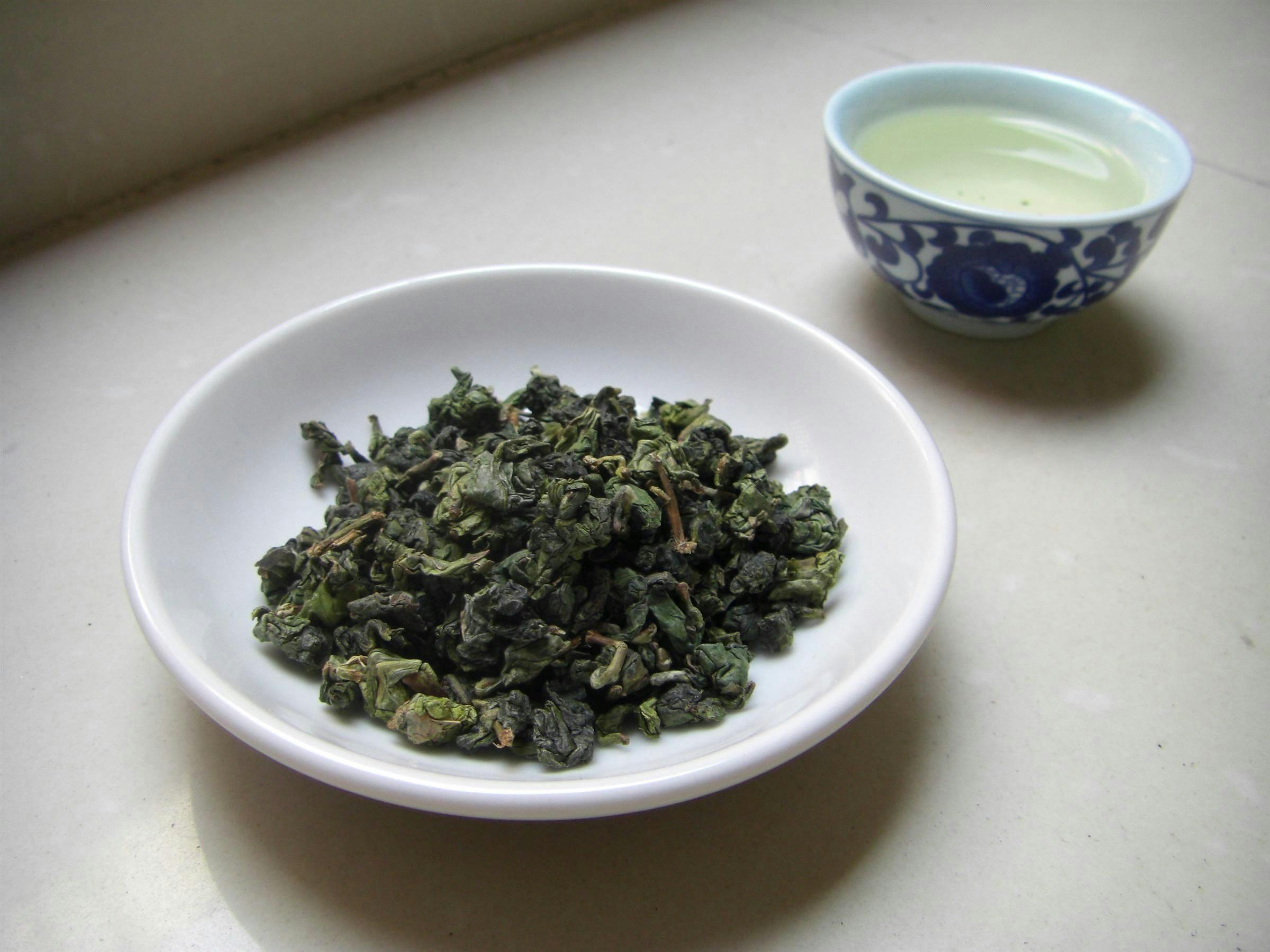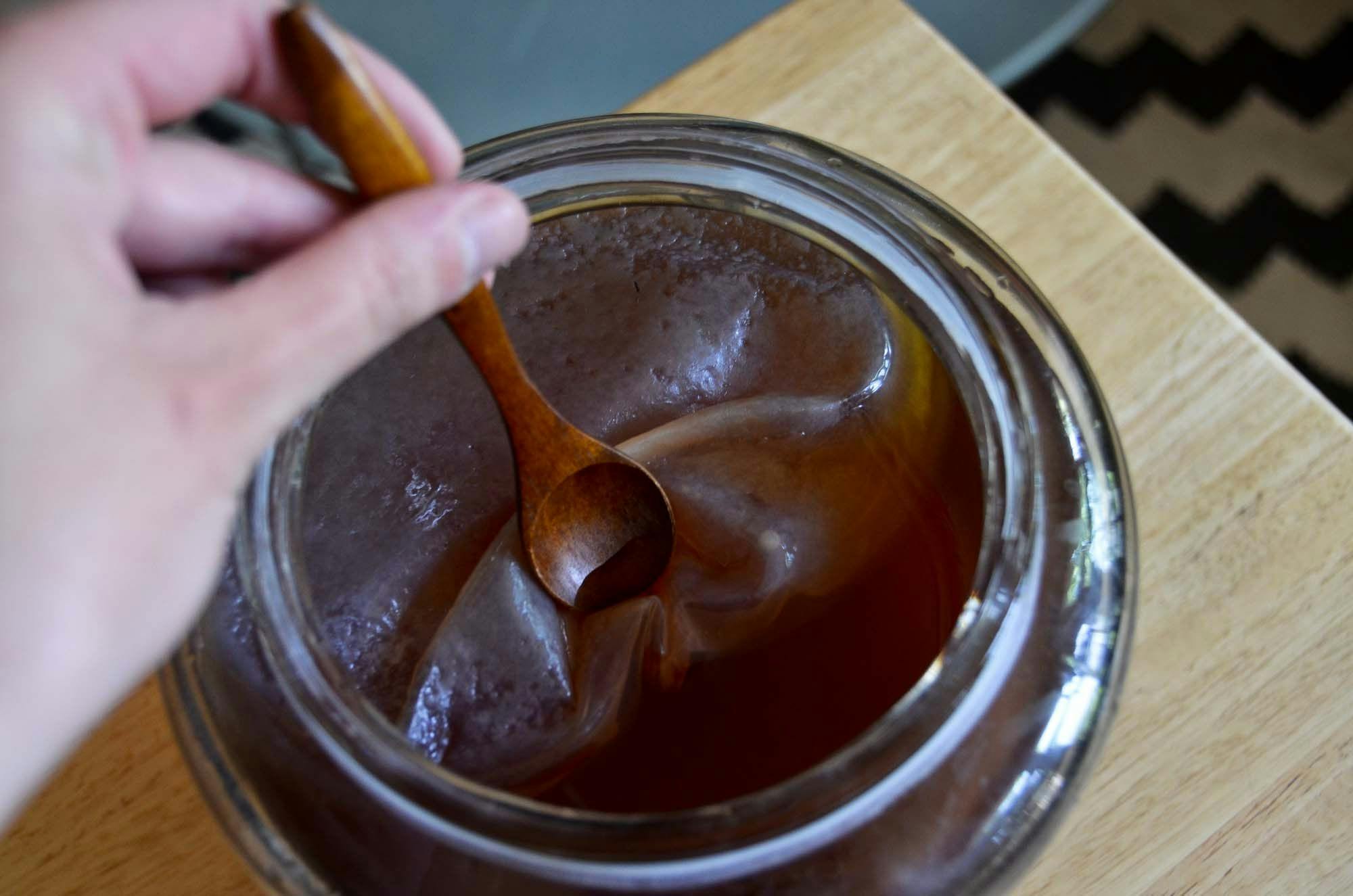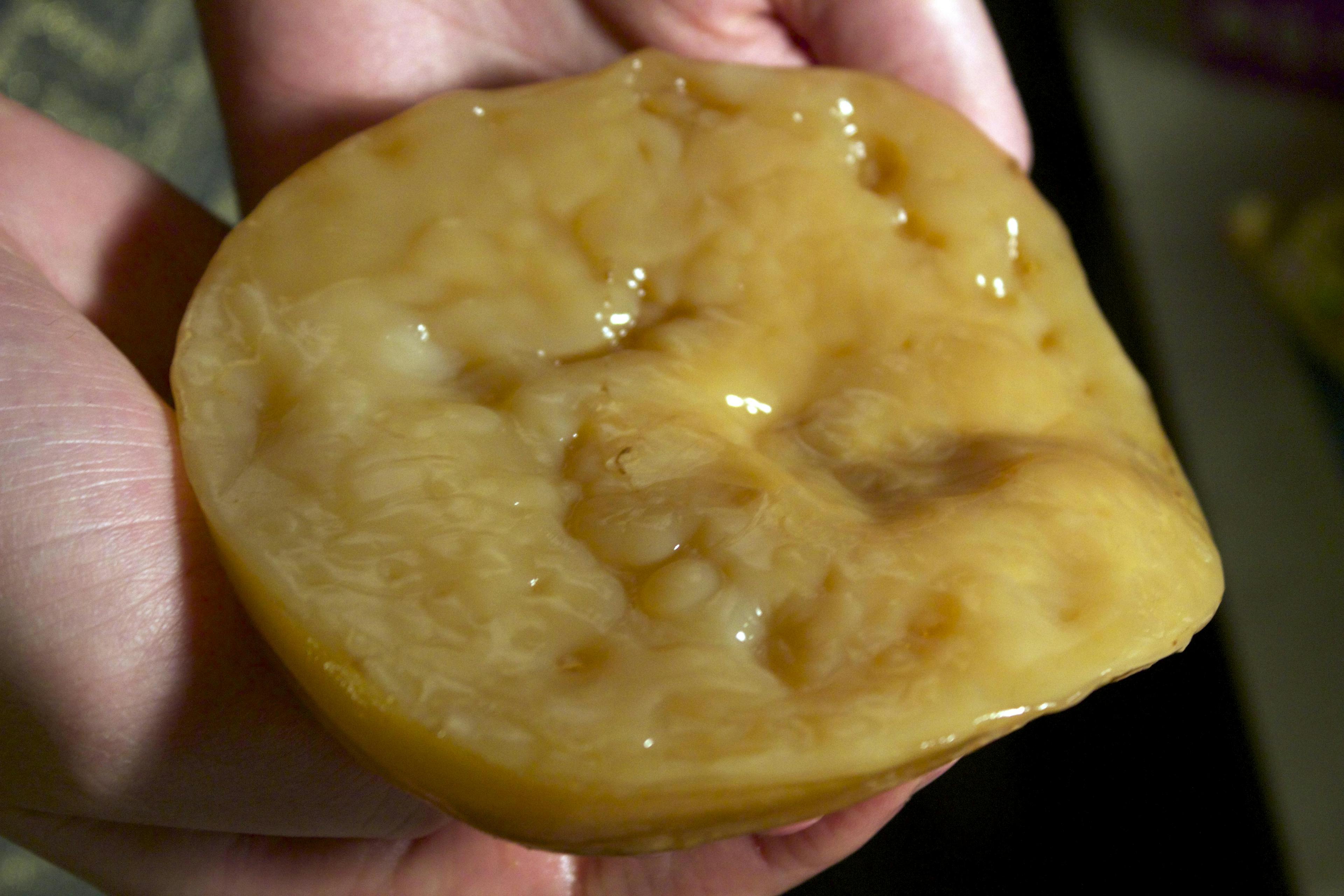A few years ago in an article in the New Scientist, it was revealed that the colour of the universe is…beige. So when I inherited my SCOBY, an off-white disk that would look more at home in the deep sea or gliding through the vaguely amphibious beginnings of time, I imagined that I was holding the world in my hands. It turns out that I wasn’t altogether wrong because this gelatinous fleshy beast is a complex micro-universe teeming with bacterial life. SCOBY stands for a “symbiotic culture of bacteria and yeast”.
I was given my SCOBY by an enthusiastic friend who, like any new yummy mummy, is dedicated to learning how to give her 6 month old the best nutritional start in life. This at-once flimsy and meaty SCOBY ‘mother’ (bear with me) will give ‘daughters’ when she’s healthy (understandable), and even ‘hotels’ (bewilderment kicks in). And, significantly, a potent sparkling drink – Kombucha – reputed to furnish the bowels with health-boosting bacteria.
Its flavour is an intriguing and moreish combination of sweet and sour, and its bioactive compounds make it a “functional beverage” – providing health benefits beyond normal nutrition. Kombucha, with its synergistic yeasts, bacteria and the metabolites that result from the fermentation process, has been associated with a range of health benefits, including the reduction of cholesterol and blood pressure, the potential inhibition of cancer cells and the improvement of the immune system and gastrointestinal and liver function (Martínez Leal et al. 2018). Research has also suggested that it might have wound healing effects (Moayer, Abarkar and Ashrafzade 2017).
# Info
The microbiological composition of Kombucha is complex and more research is still needed to fully understand it and its health benefits. In a recent review of the health benefits of Kombucha, Martinez Leal et al list the presence of a variety of compounds that have been indicated by chemical assays of kombucha, including “organic acids, mainly acetic, gluconic, and glucuronic acid (GlcUA), although citric, L-lactic, malic, tartaric, malonic, oxalic, succi-nic, pyruvic, and usnic acids may also be found; sugars (sucrose, glucose, and fructose), water soluble vitamins (B1, B2, B6, B12, C), amino acids, biogenic amines, purines, pigments, lipids, proteins, hydrolytic enzymes, ethanol, acetic acid bacteria and lactic acid bacteria, carbon dioxide, poly- phenols, minerals (manganese, iron, nickel, copper, zinc, lead, cobalt, chromium, and cadmium), anions (fluoride, chloride, bromide, iodide, nitrate, phosphate, and sulphate), D-saccharic acid-1,4-lactone (DSL), and metabolic products of yeasts and bacteria” (Martinez Leal et al 2018: 393; see also Jayabalan et al 2014).
Kombucha is a traditional fermented tea that has been consumed as a health tonic for hundreds, if not thousands, of years. With its origins in China, dating back probably to at least 200 BC, the drink has long, illustrious histories in Japan, Korea and Russia and, more recently, throughout Europe and America. In the last decade or so, Kombucha has seen a surge in popularity because of increased awareness of its probiotic properties and potential anti-inflammatory and anti-oxidant benefits.

I’ve arrived significantly late to this party; a few years ago I lived in a small town studded with rosy-cheeked hippies prone to attending 5 Rhythms dance and open mic poetry classes. Frequently, a bedraggled, dreadlocked manchild or a hula-hoop tootin’ lady, usually dusted in glitter and of indeterminate age, would occasionally appear, wielding a glass bottle, talking of something that sounded like hooch, only to be promptly batted away like a summer’s night midge.
Then, during my first semester of ethnobotany at Kent, whisperings of sparkling elixirs, tonics and plant milks all became several degrees louder. So I surrendered to the gift of the almighty SCOBY and was bold enough to consider it my idea all along, obviously. In reality, man -and woman -kind have been making them for as long as there’s been tea and sugar.
What followed the acquisition of my aforementioned SCOBY has been tinged with paradisal gastronomic highs and ugly lows; culminating in the tragic scene of a final unceremonious farewell to a rubbery ‘daughter’ who had rotted in sweet black tea, after finding what I suspected, and then immediately confirmed to be, slow wriggling buttermilk-yellow maggots in the protein rich ‘mother’.
The unemotional decision to truncate my kombucha-making days hatched there and then. Did I need another addition to the hipster mausoleum? I dismissed it as another ridiculous, unnecessary addition to my already bulging superfood repertoire. I chided myself and told myself that all the normal people have spent their money on buying actual food, like baked beans and crumpets. The alien slop, with otherworldly grace, slid down its glass cage, halted its locomotion as it met the unforgiving stainless steel sink and - after resisting my morbid urge to inspect it, was promptly discarded in the compost. Let the earth work it out.

Like life’s many failures, we are quick to sail on into the fail-free horizon not realising that the giant Neolithic tail of the failed beast is about to crack us in the swede revealing a sweet silver lining of success. Lo! Hark! There she was – the Cinderella SCOBY in the fridge; the daughter I’d set aside in dried mango and absent-mindedly forgotten. Glass slippers aside and jars forthwith, she bequeathed a divine mixture of things, eventually, the recipes for which you’ll find below, the finest being a spiced plum, strawberry and fresh mint tonic to segue elegantly into autumn.
Haven’t discovered fermentation yet? My advice – get a SCOBY, by hook or by Amazon, and turn a dusty kitchen corner into a chemistry micro-lab where you get gently sparkling thrills. And maybe your belly will thank you for it.
Getting started with the basics
Once you've acquired a SCOBY (Symbiotic Culture of Bacteria & Yeast) and a large wide-mouthed glass jar, follow these easy steps. And as with all foods, especially fermented, keep your tools scrupulously clean. And, as with anything foodie, the higher quality the ingredients, the more sublime the result. And brownie points for considering your wider impact on the environment.
My version uses organic unrefined cane sugar (such as Muscovado or solid molasses) and has a longer fermentation since the sugars force a slower motion than using refined processed (and easily accessed glucose) in white sugar.
Boil the kettle and make a large teapot of black or green tea (2 bags is sufficient as the brew time is extended). Sweeten with a tablespoon of unrefined sugar. Leave to go cold.
- Add the SCOBY to the glass jar and pour over the sweetened tea, to the shoulder of the jar.
- Cover the opening with a tea towel and tie with some string
- Label with a date and the ingredients. Keep on the kitchen side.
- Wait for 10-21 days. The longer you wait (and the warmer the room), the sourer the liquid will be as most of the sugar will be transformed.
Like cooking a dish, taste it as the fermentation continues and decant when it tastes good to you.
Making the kombucha - endless possibilites
To have the simplest kombucha to begin, simply decant the liquid into another glass jar (or bottle). If you are lucky, you might get a great fizz.
Strain out the SCOBY leaving a few tablespoons of the original liquid, as, for those of you who are familiar with bread baking, this works similarly to a sourdough 'starter'. Return it to the jar, and you're ready to start all over again!
Making flavoured kombucha is easy... simply add ingredients to your kombucha.
For these, use a tbsp. of ingredients for one jar of 500ml of Kombucha. Adding more leads to stronger taste but, like an orchestra, if the drum is beating loudly, one fails to hear the rich and subtle sounds of other instruments. Once the kombucha is decanted into a new jar with the ingredients, leave unrefrigerated for 2-3 days (while it develops a fizz) then pop in the fridge. In my experience, the addition is still edible for the first 5 days or so. Kombucha-pickled strawberries and cucumbers are delicious!
Here are my top ingridients
Cucumber
This was an unexpected hit and my housemates loved it, too. I left the cucumber in the kombucha and every day, the notes were subtly different, resembling something like a decent quality gin botanical. In the sweltering summer, this was so refreshing. For a 200ml jar, I just used 4-5 slices of cucumber.
Strawberry
Adding strawberries to your kombucha makes delicious 'pink lemonade'. Another wonderful use of a handful of strawberries is to make a strawberry vinegar; I would never have expected that stuffing strawberries into cider vinegar would produce something so delicious, but the sugars in the fruit foreground significantly, as they do when you make the strawberry kombucha.
Watermelon
Another summer hit. Simply dice it, add to liquid and leave a few days.
Dried Mango
The presence of sugars here make this one of the sweetest treats. My advice is that once you have the gist of how it all works, just start and let nature take its course. The worst case scenario is that the SCOBY moulds and then you just discard it, and start again. Bon courage!
NB Although renowned for its health benefits, some harmful effects of drinking too much Kombucha have been recorded and, because of potential toxicity, daily consumption should be limited (to, for instance, 4 oz) and care should be taken if you are pregnant or have pre-existing health issues. Making your own Kombucha is fun and economical way of integrating its health benefits into your diet, but make sure you use sterile conditions and monitor PH, because of the risk of microbial contamination and potentially high acidity.
References
- Jayabalan, R., Malbaša, R. V., Lončar, E. S., Vitas, J. S., & Sathishkumar, M. (2014). A review on kombucha tea—microbiology, composition, fermentation, beneficial effects, toxicity, and tea fungus. Comprehensive Reviews in Food Science and Food Safety, 1, 538–550.
- Martínez Leal, J., L. Valenzuela Suárez, R. Jayabalan, J. Huerta Oros & A. Escalante-Aburto. (2018). A review on health benefits of kombucha nutritional compounds and metabolites. CyTA - Journal of Food, 16:1, 390-399.
- Moayer, F., Abarkar M., Ashrafzade H. (2017). Evaluation of histopathological and histomorphological effects of kombucha extract (Camellia sinenesis) on stomach surgical would healing in adult male rat. Journal of Ardabil University of Medical Sciences, 17:1, 69-80.

